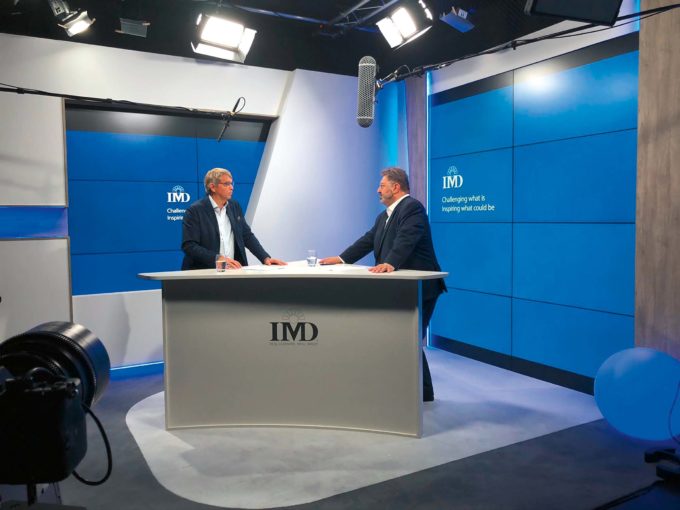That is particularly important at a time when both CEO and board members are having to grapple with arguably more existentially strategic issues than ever before: ESG, cyber risks, in particular, on top of the perennial issues of competition and growth.
“It’s dynamic because the world is changing. Topics like cyber security and ESG are much more important than they were 10 to 20 years ago. On one hand, it’s making sure you have the right people, and the right organizational setup. Obviously, you need to have a commonly understood vision and strategy, but above all, you need to make sure you are able to actually execute on it or deliver on it,” Achermann said.
He also believes there are differences between the respective chairman and CEO roles depending on whether they are at private-held or publicly-listed businesses — an insight that doubtless comes from his experiences with Siegfried and Vitra Holding. “In the private markets the aim is clear: you want to deliver value and returns to the owners. And that’s really all that matters. Whereas when I was in public companies, there was more of a focus on compliance governance risks and the oversight side of things,” he said.
“At Straumann Group, obviously oversight and governance are important, and we are in a highly regulated sector, but we also have an entrepreneurial mindset. We spend the majority of our time on strategic questions such as, how do we actually develop this company to remain successful and keep relevant?”
A large part of the answer to that question is digital transformation, which has been accelerated by the pandemic, changing the way things are done, opening new avenues of opportunity, and emphasizing the need to invest further in data management and technology. To drive and lead this, the group recently appointed a chief information officer, whose role was elevated to be part of the executive management board. Another key element has been acquisitions, to move Straumann Group closer to the patient, the ultimate consumer.
With a decade under his belt as chairman, Achermann counts as among those with the longest tenures is such a role. The average is typically four-and-a-half years, according to Spencer Stuart, a C-suite and board-level recruitment firm based in London. Asked how Achermann has retained his curiosity and edge in that period, he said:
“If you were to ask some people, they would say it’s about time to move on. There are many examples where people have served 20, 30 years and done well. Equally, there are probably as many examples where people serve 10 years and they’ve done not so well. So it really depends on the personality.
“I’m not a super-good implementer or manager of the nitty-gritty. I’ve always been interested in the big picture, the ‘where do we go from here?’ I think that if we achieve something, we should enjoy that success, but then in the next second, I’m thinking: what do we do next? That’s kind of how my mind works, and what I’m excited about. I think having that kind of intrinsic motivation and behavior helps you to continuously stay interested.”
YouTube


